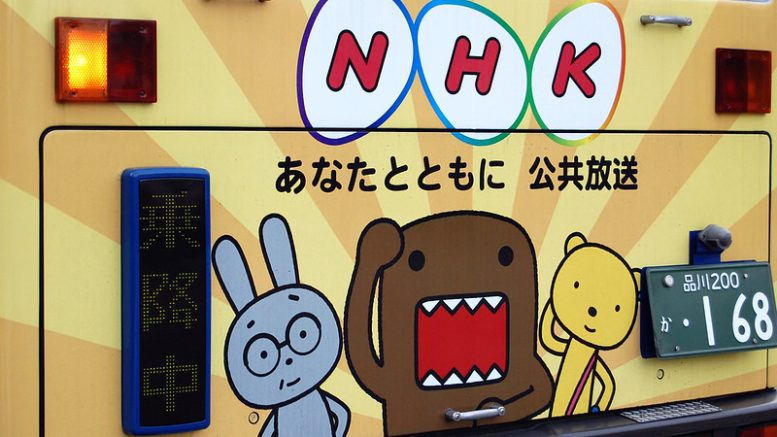Japan’s public broadcaster is planning to close one of its two national mediumwave radio networks in 2026, according to a report in the Asahi Shimbun daily. The newspaper said NHK will announce the plans on October 10.
NHK Radio 2 broadcasts educational and cultural programming, including foreign language programs, and is available via a network of mediumwave transmitters across the country, including several high-power transmitters.
So, what’s this got to do with North Korea?
At present, most radio stations targeting North Korea use shortwave. The frequencies used by Voice of America, Radio Free Asia and the BBC Korean Service are susceptible to atmospheric changes, meaning listeners might get a strong signal one night and a weak signal the next.
Mediumwave is a much better alternative for reliable regional broadcasting because the signal is more consistent no matter the weather. Inside North Korea, there are also more mediumwave radios than those with shortwave reception, so the potential audience is larger.
But the mediumwave band in East Asia is pretty full, and putting a powerful new station on the air is difficult without causing interference to broadcasts in neighboring countries. The NHK transmitters are already on the air, and should Radio 2 be discontinued in 2026, there is a possibility the transmitters could be used to send programming into North Korea instead.
At present, NHK Radio 2 has the following high-power transmitters. I’ve noted other powerful stations on the same frequencies:
- Tokyo 693 kHz (500 kW) – Shared with Shaanxi, China
- Sapporo 747 kHz (500 kW) – Shared with Sichuan, China, and KBS Gwangju, South Korea
- Akita 774 kHz (500kW) – Shared with Hubei, China
- Osaka 828 kHz (300 kW)
- Kumamoto 873 kHz (500 kW) – Shared with Fujian, China, and KCBS Sinuiju, North Korea
To gauge possible reception inside North Korea, last year I used remote radio receivers in Shenyang, China; Daejeon, South Korea; and Khabarovsk, Russia, to listen to Radio 2 for several nights at around midnight.
The clear winner was the 693-kHz signal from Tokyo. Reception was very good in Shenyang (which is the location among the three closest to North Korea) and Khabarovsk, and also good in Daejeon. The other frequencies suffered from interference from radio stations closer to the listening locations, and while Radio 2 was audible, the signal was mostly poor to weak:
- Shenyang: 693 kHz very good; 774 kHz not audible; 747 kHz not audible; 828 kHz occupied by a Chinese station; 873 kHz not audible
- Daejeon: 693 kHz good to fair; 774 kHz poor; 747 kHz poor; 828 kHz fair; 873 kHz poor
- Khabarovsk: 693 kHz very good; 774 kHz good; 747 kHz good; 828 kHz fair; 873 kHz fair
Unfortunately, switching out NHK Radio 2 for broadcasts to North Korea is probably something that will require a lot of paperwork. Unlike shortwave, mediumwave broadcasting is more heavily regulated. A broadcaster would likely need a license from the Japanese government or reach a deal with NHK. That might not be easy for foreign groups because of media ownership laws, but a domestic group might be able to swing it.
It’s also not a given that the transmitter would be available. Even if a group succeeds in getting access to the frequency, it’s unclear if NHK would make its transmitter available or if the group would have to fundraise to build its own.
So, while much is unclear, the potential reform by NHK does open the possibility of better broadcasting to North Korea.

